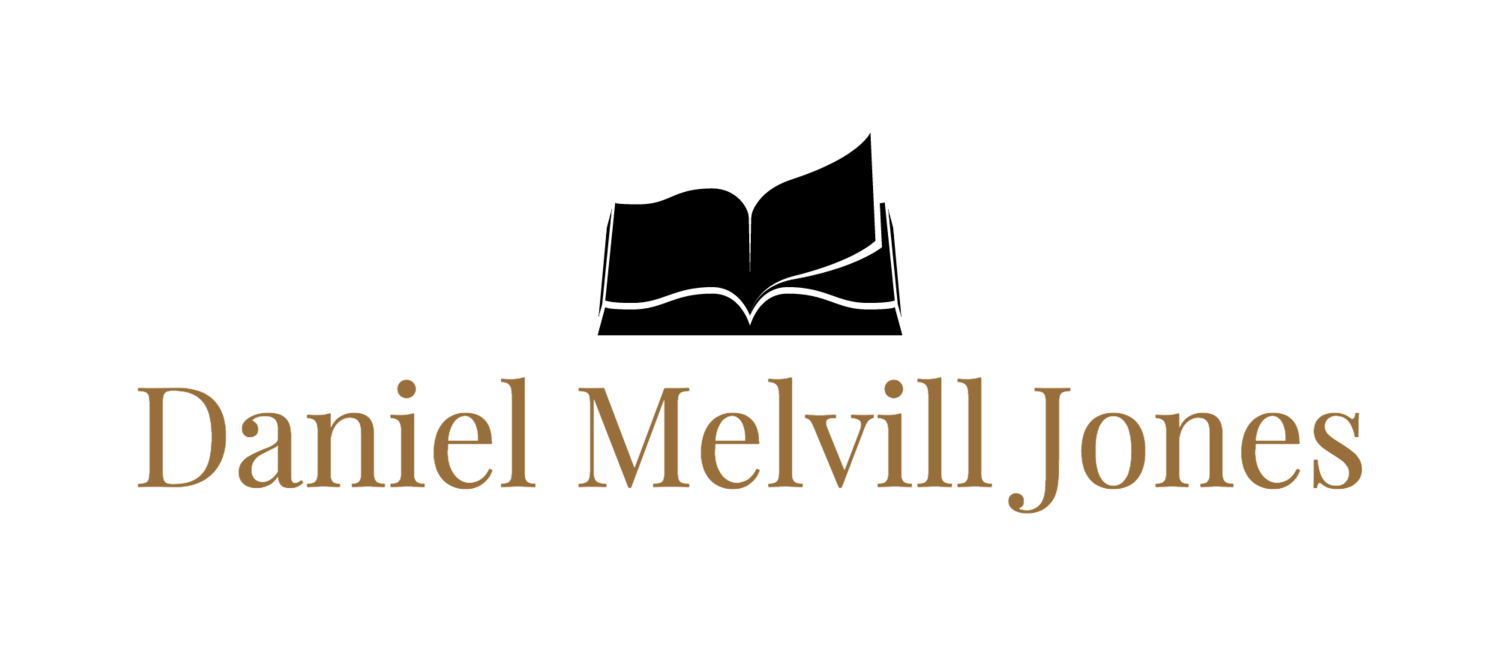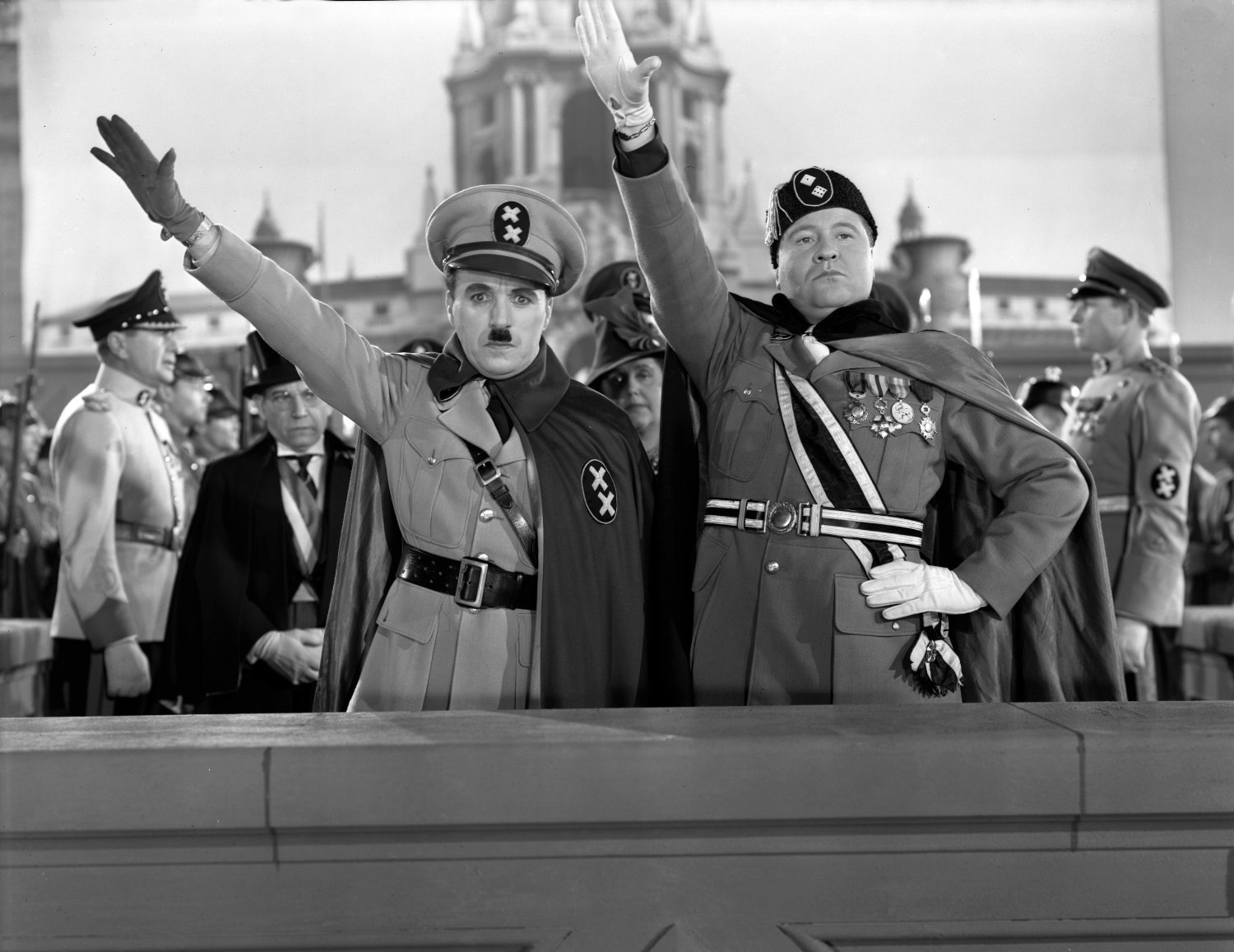I regularly contribute to Reel World Theology's Streaming Weekly column, where I offer paragraph length reviews of some of my favourite films available on streaming services. I really enjoy the craft of writing one paragraph reviews, so I thought I would include a few of these here. Head over to Reel World Theology to see the latest entires in this column. Then go watch these great movies!
The BFG
Steven Spielberg spent decades trying to make a movie out of Roald Dahl’s classic story, but when his dream was finally realized last summer the result was shrugged off by critics and largely ignored by audiences. That was to everyone’s shame because The BFG is a gem of a film. It is filled with lovingly crafted details, is gorgeous to look at, and features a simple story focused on a beautiful relationship. That friendship, between the vivacious orphan Sophie (a terrific Ruby Barnhill) and the massive giant (played by Academy Award winner Mark Rylance), is the sustaining thread of the movie and it is a friendship of trust, care, joy, and fear. Mark Rylance is astonishing as the giant. His face is the heart of the film, expressing years of kindness, open-hearted life, loneliness, and loss. Stream this film on the largest screen you can find and, if you have kids, gather them around you. Family films of this caliber are as rare as a friendly giant.
The 13th
In between 2014’s stunning Selma and next year’s highly anticipated A Wrinkle In Time, Ava DuVernay partnered with Netflix to make this paradigm-shifting documentary. 13th is an unflinching look at the devastating impact of the prison system in the African American community. If you’re like me, you will be struggling with the world of heartache and grief that this film opens up, and reckoning with its new narrative that pushes against the story of the 20th century I grew up believing. The story of our history has consistently been a story told by the white hierarchy. In this film, we get to see that story reframed and retold by an educated and passionate black woman. Do you disagree? Fine, but in order to truly disagree you need to first listen. This documentary forces such listening by highlighting the dignity of being able to tell your own narrative and by recognizing the humanity of the people who are affected by the system. Little wonder it was nominated for an Academy Award.
Tramps
Netflix is being criticized for its new habit of buying celebrated festival films and then burying these titles amongst its vast library. Seeking out these hidden gems gives us the chance to catch some of the best indie films of the year. One of these Netflix exclusives well worth your time is Tramps, a sure-footed crime caper that’s got heart. When the awkwardly affable Danny fumbles a shady package drop, he gets stuck in greater New York City for two days and a night with the hardened Ellie. As they desperately try to repair the mistake, their understanding and affections for each other begin to unfold. The film’s 82 minutes move nimbly and with confidence, like a welcomed summer breeze on a hot subway platform. The story regularly surprises (except for the predictable final 15 minutes), and the acting is endearing and memorable. The focus on the value of genuine human connection and its portrayal of modern New York makes this a delightful movie worth enjoying.





















